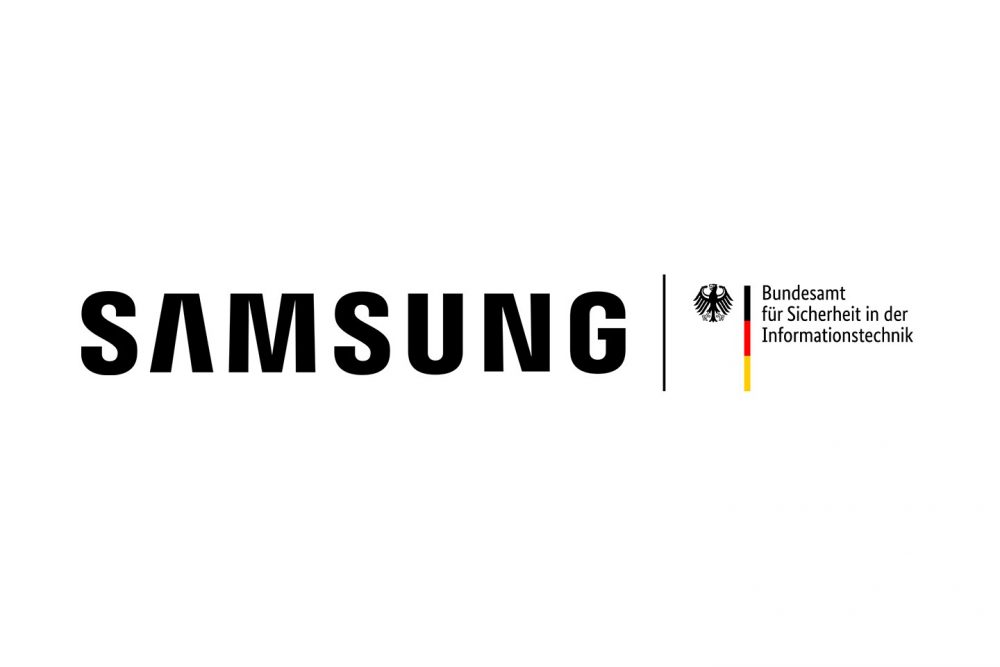With the rapid growth of ecommerce, dropshipping has emerged as a popular business model for entrepreneurs seeking low-risk opportunities to enter the online retail market. As global ecommerce sales soar past $5.5 trillion in 2022, projections indicate this figure could reach $7.3 trillion by 2025, according to Statista. If you’re ready to take advantage of this booming market, here’s everything you need to know about dropshipping and how to get started.
What is Dropshipping?
Dropshipping is an ecommerce business model where entrepreneurs sell products without handling inventory. Instead of stocking or manufacturing items, dropshippers collaborate with suppliers who ship products directly to customers. Dropshippers focus on marketing, customer support, and branding, while suppliers manage inventory, packing, shipping, and returns.
This model allows entrepreneurs to sell a wide range of products—everything from clothing and electronics to office supplies—without the high upfront costs of traditional retail.
How Dropshipping Works
Here’s a simplified breakdown of the dropshipping process:
- Sell Products: Dropshippers set up an online store, select products to sell, and establish pricing.
- Receive Orders: When a customer places an order, the dropshipper purchases the product from the supplier.
- Supplier Ships: The supplier handles inventory, packaging, and shipping, ensuring the product reaches the customer.
- Customer Support: Dropshippers handle communication with customers, including returns or complaints, in coordination with the supplier.
This business model makes dropshipping attractive for new entrepreneurs because you only pay for products after they’re sold.
Why Choose Dropshipping?
Dropshipping offers numerous advantages for aspiring business owners:
- Low Startup Costs: There’s no need to invest in inventory, warehouses, or physical stores. You only pay for products after customers make a purchase.
- Minimal Risk: With no unsold inventory, your financial risk is significantly reduced.
- Global Market Access: You can sell to customers worldwide without managing shipping logistics yourself.
- Flexibility: Operate your business from anywhere, even your home, with just a laptop and an internet connection.
- Scalability: As your business grows, you can add more products without expanding physical operations.
Potential Challenges of Dropshipping
While dropshipping is promising, it’s not without challenges:
- Low Profit Margins: Although upfront costs are low, expenses like marketing, SEO, and shipping eat into your profits.
- Competition: The ease of entry means you’ll face stiff competition in most niches. To succeed, you need strong branding and effective marketing.
- Supply Chain Issues: You rely on suppliers to manage inventory and shipping. Delays or quality issues from their end can harm your reputation.
How to Start a Dropshipping Business in 7 Steps
1. Choose a Niche and Products
- Define Your Niche: Focus on a specific audience to stand out. A niche like “sustainable pet accessories” or “tech gadgets for gamers” helps attract a loyal customer base.
- Research Trends: Use tools like Google Trends and platforms like Oberlo to find in-demand products.
- Analyze Competition: Browse competitors’ websites to identify gaps in their offerings or customer pain points you can address.
2. Study Your Competitors
- Analyze Their Strategies: Look at their pricing, product descriptions, and branding.
- Identify Strengths and Weaknesses: Learn what works for them and find opportunities to differentiate your business.
3. Find Reliable Suppliers
- Use platforms like AliExpress, Spocket, or Worldwide Brands to locate suppliers.
- Evaluate Suppliers: Order samples to test product quality, packaging, and shipping times.
- Check Policies: Ensure suppliers have clear return and refund policies to handle customer concerns smoothly.
4. Develop Your Brand
- Create a Unique Identity: Design a memorable logo and choose a brand name that resonates with your audience.
- Build Trust: Highlight your values (e.g., eco-friendliness or exceptional customer service) to connect with customers emotionally.
5. Build Your Online Store
- Choose a Platform: Use ecommerce platforms like Shopify, WooCommerce, or Webflow to create a professional store.
- Focus on User Experience: Ensure your website is mobile-friendly, easy to navigate, and visually appealing.
- Add CTAs: Use banners and stickers like “Limited Time Offer” or “Free Shipping” to encourage purchases.
6. Market Your Store
- Social Media Ads: Run targeted ads on Facebook, Instagram, and TikTok to reach your audience.
- Collaborate with Influencers: Partner with influencers in your niche to boost visibility.
- SEO Optimization: Write blog posts and optimize product descriptions to rank higher in search results.
- Email Campaigns: Send promotional offers and product updates to engage customers.
7. Monitor and Improve
- Analyze Performance: Use tools like Google Analytics to track sales, site traffic, and user behavior.
- Adapt to Trends: Update your product catalog to reflect customer preferences and market changes.
- Customer Feedback: Listen to your customers and improve your offerings based on their input.
Examples of Successful Dropshipping Businesses
- Meowingtons: A pet-focused store with a strong brand identity and seamless navigation.
- Best Choice Products: Offers a wide range of home and lifestyle goods with fast, free shipping.
- Inspire Uplift: Combines engaging product descriptions with effective use of trust-building CTAs like “Free Shipping” and “24/7 Live Chat.”
Conclusion
Dropshipping offers an accessible way to enter the ecommerce world with minimal financial risk. By choosing the right niche, partnering with reliable suppliers, and building a strong online presence, you can create a profitable business. Success requires dedication, adaptability, and a deep understanding of your target audience.
Start your dropshipping journey today and tap into the limitless potential of ecommerce!













